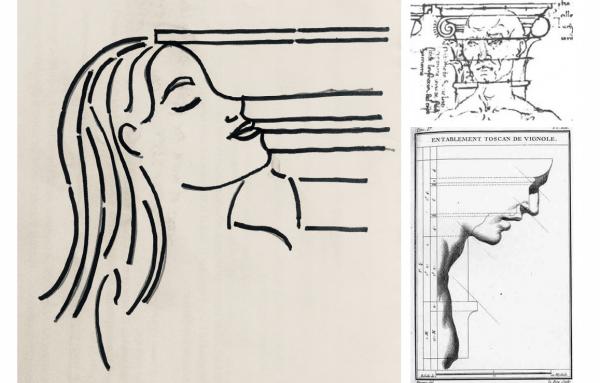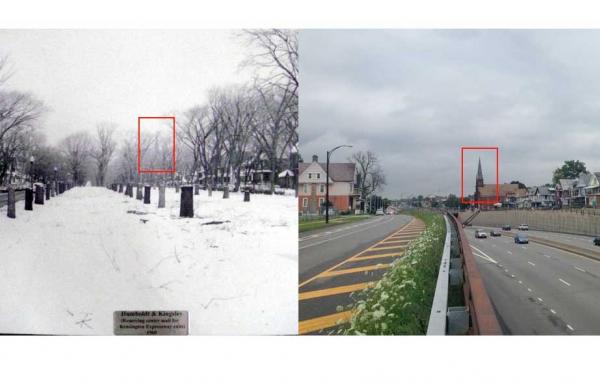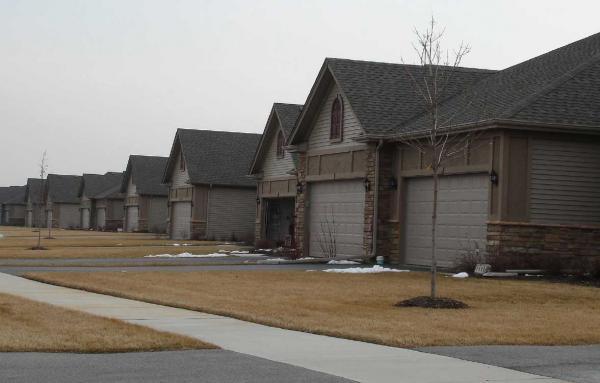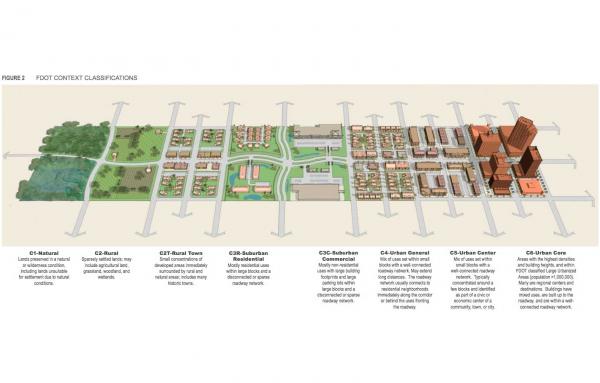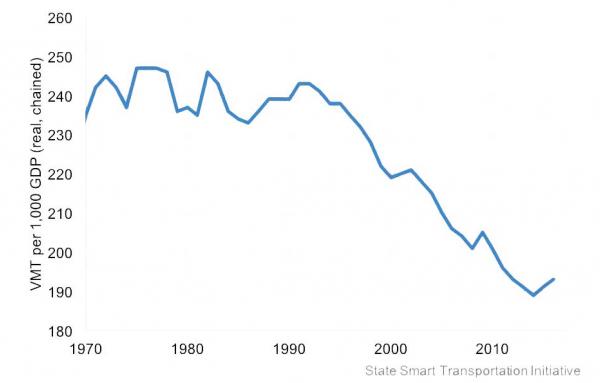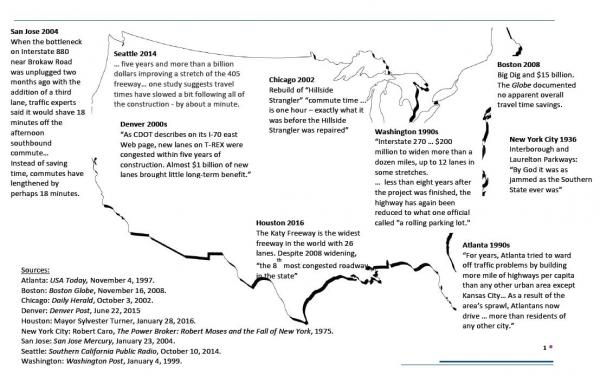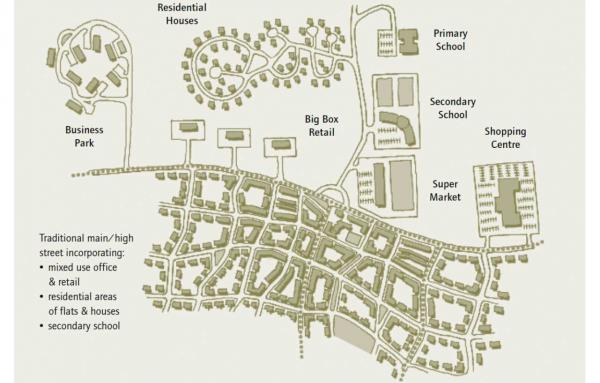Got A Minute
A four-story-high mural of Vincent Scully, a Yale professor of architectural history over five decades, was unveiled at Seaside, Florida, in late February. The mural, commissioned by Seaside developer Robert Davis and DC-based architect Dhiru...
Architecture that is scaled to and reflects the human body is endlessly fascinating.
These photos are taken from the same spot in Buffalo, New York (see highlighted church steeple)—in the early 20th Century and recently. The photo at left captures the city in the early stage of demolishing a beautiful street to make way for a...
This is a list of the most dangerous intersections in each state. It is also a list of heavily engineered, "big asphalt" intersections in road networks that are built to modern transportation engineering standards. For many of these intersections,...
A recent snow captures the beauty of a 1.7-acre cottage development, a new extension of the Village of Cheshire in Black Mountain, North Carolina—near Asheville.
The domination of the streetscape by garages is common in drive-only suburbs. There are no "eyes on the street" from inside the houses—so the connection with neighbors is tenuous. What you don't see in this photo—because it is out of the scope of...
These photos of Over-the-Rhine in Cincinnati were taken and assembled by architect Tom Low. These 4- and 5-story masonry buildings were built circa 1900 on 25-wide lots—a standard American system of platting. They all have interesting detail on the...
When you have a chicken and egg problem, have a chicken omelette.
As part of its Complete Streets Implementation, the Florida Department of Transportation (FDOT) recently adopted eight context classifications to guide road design decisions.
Chris McCahill of the State Smart Transportation Initiative explains how vehicle miles traveled (VMT) has become decoupled with Gross Domestic Product (GDP).
Urban freeways never deliver the congestion relief that transportation planners promise, according to Norm Marshall of Smart Mobility. Marshall created this map that shows examples from around the country where urban freeways have disappointed...
This diagram [FOOTNOTE:1] explains a key difference between conventional suburban (top) and sustainable urban (bottom) development patterns. The conventional suburban area, governed by conventional zoning codes, separates uses into distinct areas...

